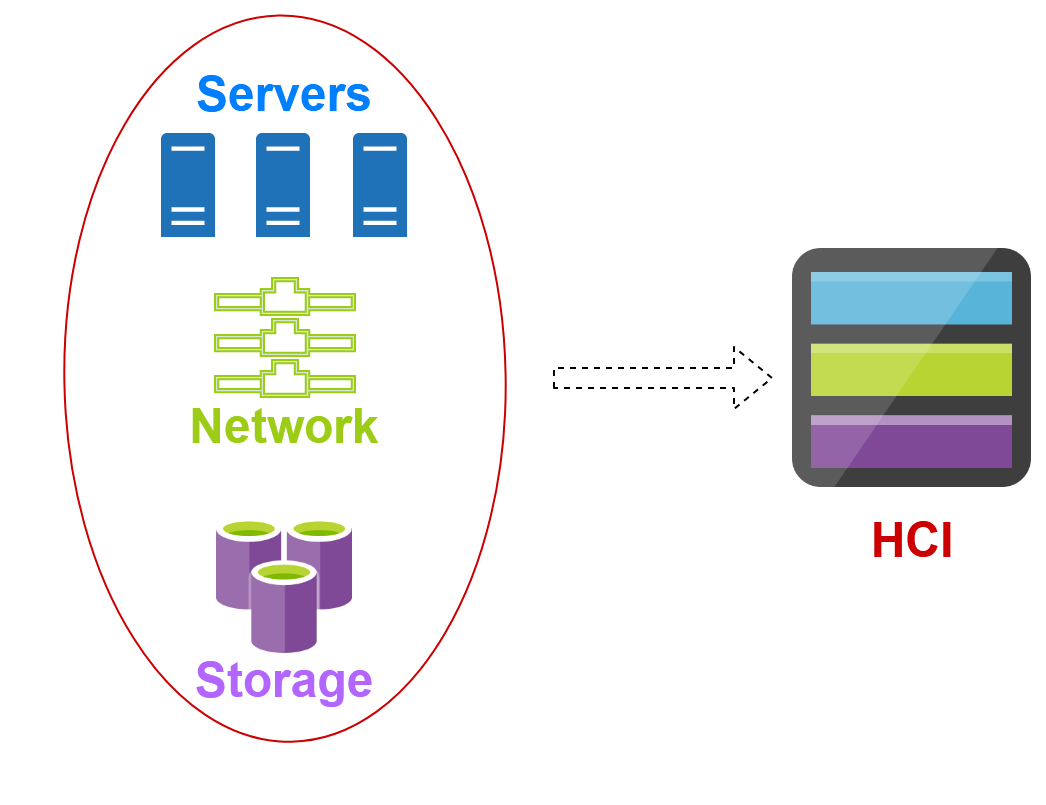We build your storage solution from scratch or we configure, monitor and manage the storage you already have in-house or in the cloud, allowing you to easily manage your data, with minimal costs.
The amount of data stored by each company has been increasing exponentially, every year. Statistics show that 90% of the data available today was created over the past two years. The need to access it very quickly and from different systems led to the emergence of a complex storage device called Storage.
Set up, monitored and managed by professionals, this device can be the right scalable and flexible solution for your company’s growing data management issues. It will allow you to access them quickly, to retrieve them easily and manage them reducing costs, regardless of their volume.


 High-speed data access
High-speed data access

